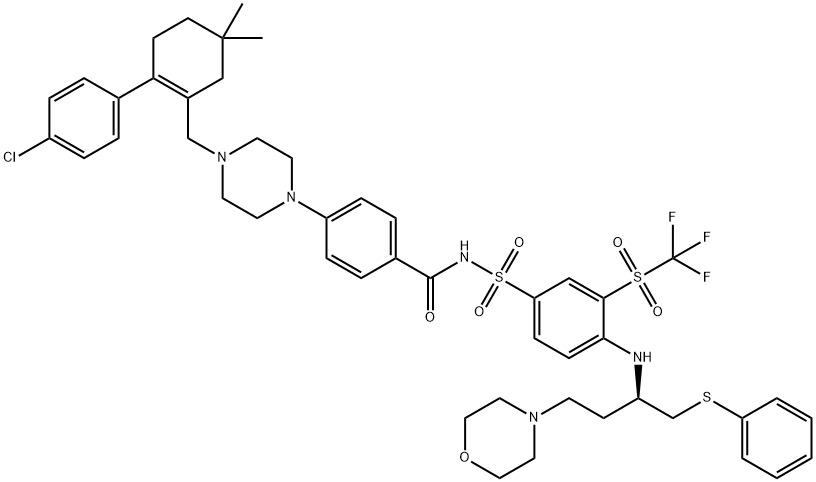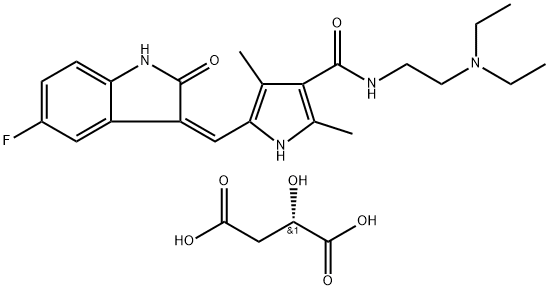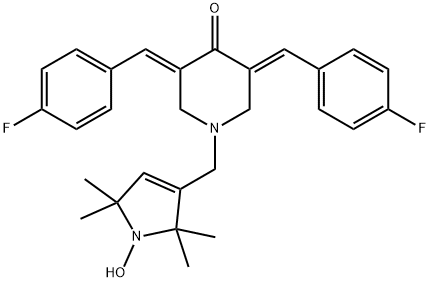Tolvaptan , ≥98% , 150683-30-0
Synonym(s):
N-[4-[(7-Chloro-2,3,4,5-tetrahydro-5-hydroxy-1H-1-benzazepin-1-yl)carbonyl]-3-methylphenyl]-2-methylbenzamide;OPC 41061
CAS NO.:150683-30-0
Empirical Formula: C26H25ClN2O3
Molecular Weight: 448.94
MDL number: MFCD09838782
EINECS: 691-537-5
| Pack Size | Price | Stock | Quantity |
| 10MG | RMB695.20 | In Stock |
|
| 50MG | RMB2399.20 | In Stock |
|
| 250MG | RMB7199.20 | In Stock |
|
| 1g | RMB20159.20 | In Stock |
|
| others | Enquire |
PRODUCT Properties
| Melting point: | 219-222°C |
| Boiling point: | 594.4±50.0 °C(Predicted) |
| Density | 1.311±0.06 g/cm3(Predicted) |
| storage temp. | 2-8°C |
| solubility | DMSO: ≥15mg/mL |
| form | powder |
| pka | 13.00±0.70(Predicted) |
| color | white to tan |
| InChIKey | GYHCTFXIZSNGJT-UHFFFAOYSA-N |
| SMILES | C(NC1=CC=C(C(N2C3=CC=C(Cl)C=C3C(O)CCC2)=O)C(C)=C1)(=O)C1=CC=CC=C1C |
Description and Uses
The potent antidiuretic hormone AVP orchestrates the regulation of free water absorption, body fluid osmolality, cell contraction, blood volume, and blood pressure through stimulation of three G-proteincoupled receptor subtypes:V1-vascular types a and b, V2-renal, and V3-pituitary. Increased AVP secretion is the trademark of several pathophysiological disorders, including heart failure, impaired renal function, liver cirrhosis, and SIADH. As a consequence, these patients experience excess water retention or inadequate free-water excretion, which results in the dilution of sodium concentrations, frequently manifesting as clinical hyponatremia (serum sodium concentration <135 mmol/L). This electrolyte imbalance increases mortality rates by 60-fold. Selective antagonism of the AVP V2receptor promotes water excretion without perturbing electrolyte balance making it an appealing target for preventing disease progression. Following the introduction of the dual AVP V1a/V2 receptor antagonist conivaptan, tolvaptan has recently been launched as a nonpeptide, selective V2 receptor antagonist with potent aquaretic attributes for the treatment of hypervolemic and euvolemic hyponatremia (serum sodium concentration of <125 mmol/L or less distinct hyponatremia that is symptomatic and has resisted correction with fluid restriction). As a more potent and selective V2 receptor antagonist, tolvaptan is a follow-up to mozavaptan, which possesses weak V1 receptor antagonism and was approved for the treatment of SIADH in Japan. .
Tolvaptan (OPC-41061) is a selective, competitive arginine vasopressin receptor 2 antagonist with an IC50 of 1.28μM for the inhibition of AVP-induced platelet aggregation. Tolvaptan (OPC-41061) is used to treat hyponatremia (low blood sodium levels) assoc
Safety
| Symbol(GHS) |  GHS08 |
| Signal word | Warning |
| Hazard statements | H362-H361 |
| Precautionary statements | P201-P260-P263-P264-P270-P308+P313-P201-P202-P281-P308+P313-P405-P501 |
| WGK Germany | 3 |
| Hazardous Substances Data | 150683-30-0(Hazardous Substances Data) |






